Big Hits, Massive Flops: These Are Consumer Reports Least Reliable Vehicles for 2016
Headlining 2016’s Consumer Reports annual reliability rankings were the dreadful results of four Fiat Chrysler Automobiles’ brands. Bringing up the rear in uninterrupted fashion were Dodge, Chrysler, Fiat, and Ram. Jeep was only three spots ahead of Dodge.
Not coincidentally then, two of the five least reliable new vehicles on sale in America are also FCA products. All five are domestics, though they’re not all built in the United States.
Still, poor reliability does not necessarily correspond to poor marketplace performances. Three of the five least reliable vehicles in America are sales leaders in their respective categories; another is a steady top-tier player.
And one of the least reliable new vehicles on sale today has failed so badly in the marketplace that its days are numbered.
(We’ve also examined the list of the five most reliable vehicles on Consumer Reports’ list and checked out the marketplace performance of those vehicles.)
CHRYSLER 200
The 200, of course, is not long for this world. While not an outright sales flop, the 200’s momentum was merely kept alive by steep discounts. Absent the incentives, 200 sales went into free-fall mode over the last two months, and the 200 hasn’t looked back.
Year-to-date, 200 sales are down 65 percent as Americans turned their backs on FCA’s sole remaining midsize nameplate. The 200’s share of the midsize market stands at just 3.0 percent in 2016, down from 7.6 percent a year ago.
CHEVROLET SUBURBAN/GMC YUKON XL
Through the first nine months of 2016, General Motors sold 63,395 copies of the Suburban and Yukon XL. In a segment dominated by their smaller siblings — GM has sold 105,325 Tahoes and Yukons this year — the two long-wheelbase brutes own 27 percent of the full-size, volume brand, SUV category. Sales of both the Suburban and Yukon XL are expected to rise to a nine-year high in 2016.
FORD FOCUS
U.S. sales of the Ford Focus, a global powerhouse, will decline for a fourth consecutive year in 2016. After climbing to nearly 246,000 units with the launch of a new generation in 2012, Focus volume slid 5 percent in 2013, 6 percent in 2014, 8 percent in 2015, and are down 15 percent so far this year. Ford now owns less than 9 percent of the U.S. compact car market, down from more than 12 percent in 2012. Many compact cars are less popular; four are distinctly more popular.
JEEP RENEGADE
But the Jeep Renegade is nevertheless the best-selling subcompact crossover in America. True, if you combine the Buick Encore and Chevrolet Trax twins from General Motors, Jeep slides to number two. Renegade volume, however, has risen 74 percent in the last seven months. One out of every five subcompact crossovers sold in America is a Jeep Renegade.
CADILLAC ESCALADE
Regardless, Americans are snapping up Cadillac Escalades at a furious rate. Combined, the Escalade and Escalade ESV outsell all other full-size luxury SUVs. The short-wheelbase Escalade is on track for its best sales year since 2008; the Escalade ESV is selling at its best rate since 2007. Total Escalade sales are up 6 percent, year-over-year, to 26,687 units, equal to 22 percent of total Cadillac U.S. volume.
[Images: FCA, Ford, GM]
Timothy Cain is the founder of GoodCarBadCar.net, which obsesses over the free and frequent publication of U.S. and Canadian auto sales figures. Follow on Twitter @goodcarbadcar and on Facebook.
More by Timothy Cain
Latest Car Reviews
Read moreLatest Product Reviews
Read moreRecent Comments
- Kjhkjlhkjhkljh kljhjkhjklhkjh I own my house 100% paid for at age 52. the answer is still NO.-28k (realistically) would take 8 years to offset my gas truck even with its constant repair bills (thanks chevy)-Still takes too long to charge UNTIL solidsate batteries are a thing and 80% in 15 minutes becomes a reality (for ME anyways, i get others are willing to wait)For the rest of the market, especially people in dense cityscape, apartments dens rentals it just isnt feasible yet IMO.
- ToolGuy I do like the fuel economy of a 6-cylinder engine. 😉
- Carson D I'd go with the RAV4. It will last forever, and someone will pay you for it if you ever lose your survival instincts.
- THX1136 A less expensive EV would make it more attractive. For the record, I've never purchased a brand new vehicle as I have never been able to afford anything but used. I think the same would apply to an EV. I also tend to keep a vehicle way longer than most folks do - 10+ years. If there was a more affordable one right now then other things come to bear. There are currently no chargers in my immediate area (town of 16K). I don't know if I can afford to install the necessary electrical service to put one in my car port right now either. Other than all that, I would want to buy what I like from a cosmetic standpoint. That would be a Charger EV which, right now, doesn't exist and I couldn't afford anyway. I would not buy an EV just to be buying an EV. Nothing against them either. Most of my constraints are purely financial being 71 with a disabled wife and on a fixed income.
- ToolGuy Two more thoughts, ok three:a) Will this affordable EV have expressive C/D pillars, detailing on the rocker panels and many many things happening around the headlamps? Asking for a friend.b) Will this affordable EV have interior soft touch plastics and materials lifted directly from a European luxury sedan? Because if it does not, the automotive journalists are going to mention it and that will definitely spoil my purchase decision.c) Whatever the nominal range is, I need it to be 2 miles more, otherwise no deal. (+2 rule is iterative)



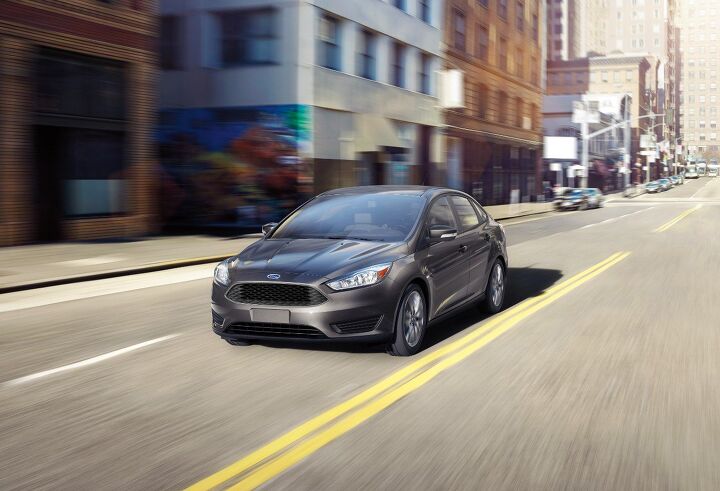
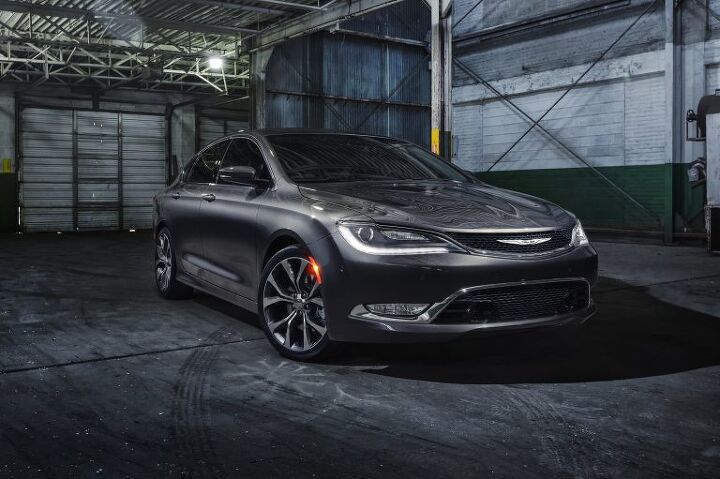


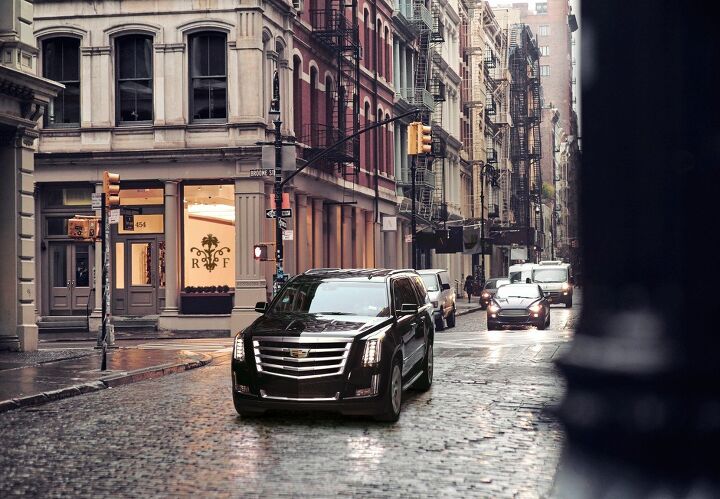














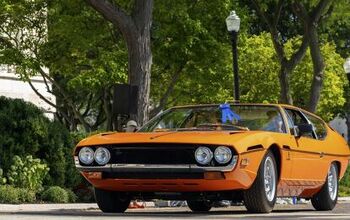
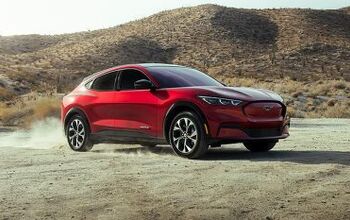
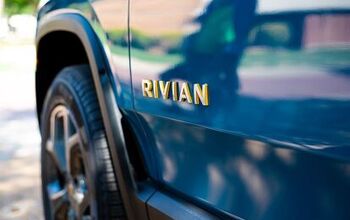
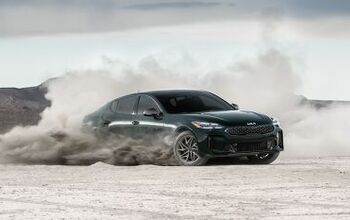
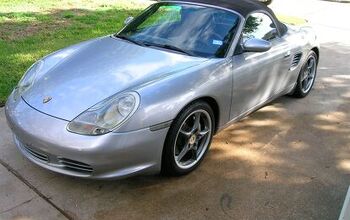
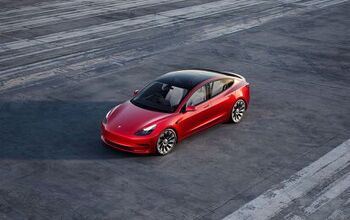
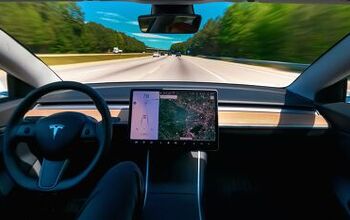
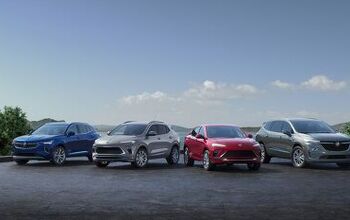
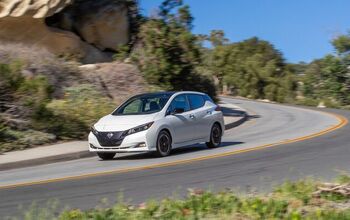



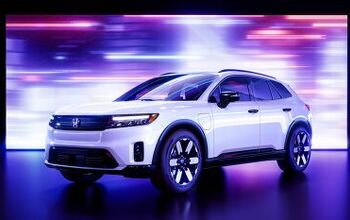
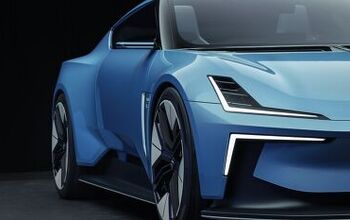


Comments
Join the conversation
I see a lot of comments saying how great the old 4 speed transmissions were (automatics, that is). A lot of new transmissions make me a little uneasy, but lets not forget there were a lot of crappy ones. The A4LD from Ford! That thing was great. They put it in the Explorer, which was one of the primary reasons the first gen Explorers got a reputation as unreliable. Had one die on me. It decided 2nd gear wasn't cool anymore, it'd just wait for third. Chrysler couldn't make a 4 speed to save their lives in the early 90's, nor could they decide on the correct fluid to put into it. No matter maybe it'll shift, maybe it won't. Maybe it'll slip scarily when you go up a hill! That's fun.
The Chrysler 200 doesn't have reliability issues. Neither do the Chevy Tahoe, GMC Sierra, or Cadillac Escalade -all of which, by the way, are the exact same car, so the fact that they're scattered about this list only serves to discredit the entire thing even more. Actually the only 'unreliable' thing in this article is Consumer Reports' "tests"-- or lack thereof. Seriously, has nobody else on this site realized by now that Consumer Reports is incredibly biased against American cars -especially FCA- and incredibly biased toward Japanese brands, especially Toyota? It's a well-known and well-documented fact that they consistently fabricate their results to align with the cars they *want* to be the best. Whenever they can't come up with an excuse to bash a domestic car, they play the "unreliable" card and make zero effort to try to substantiate their claims. That's why they use nebulous circles instead of quantitative data to convey their scores. They know their readers aren't the type of people who would know or care enough to do real research when buying a car- they just want a nice little article that makes them feel better about the Toyota they already mindlessly bought without ever looking at the alternatives. People who are actually interested in comparison shopping avoid Consumer Reports altogether; it's the Fox News of product review organizations. And, as such, this article has no credibility whatsoever. If you want a real list of least reliable cars, go to any independent car review site. You'll find their quantitative results to be much different than the unfounded opinions that Consumer Reports tries to pass off as reviews.